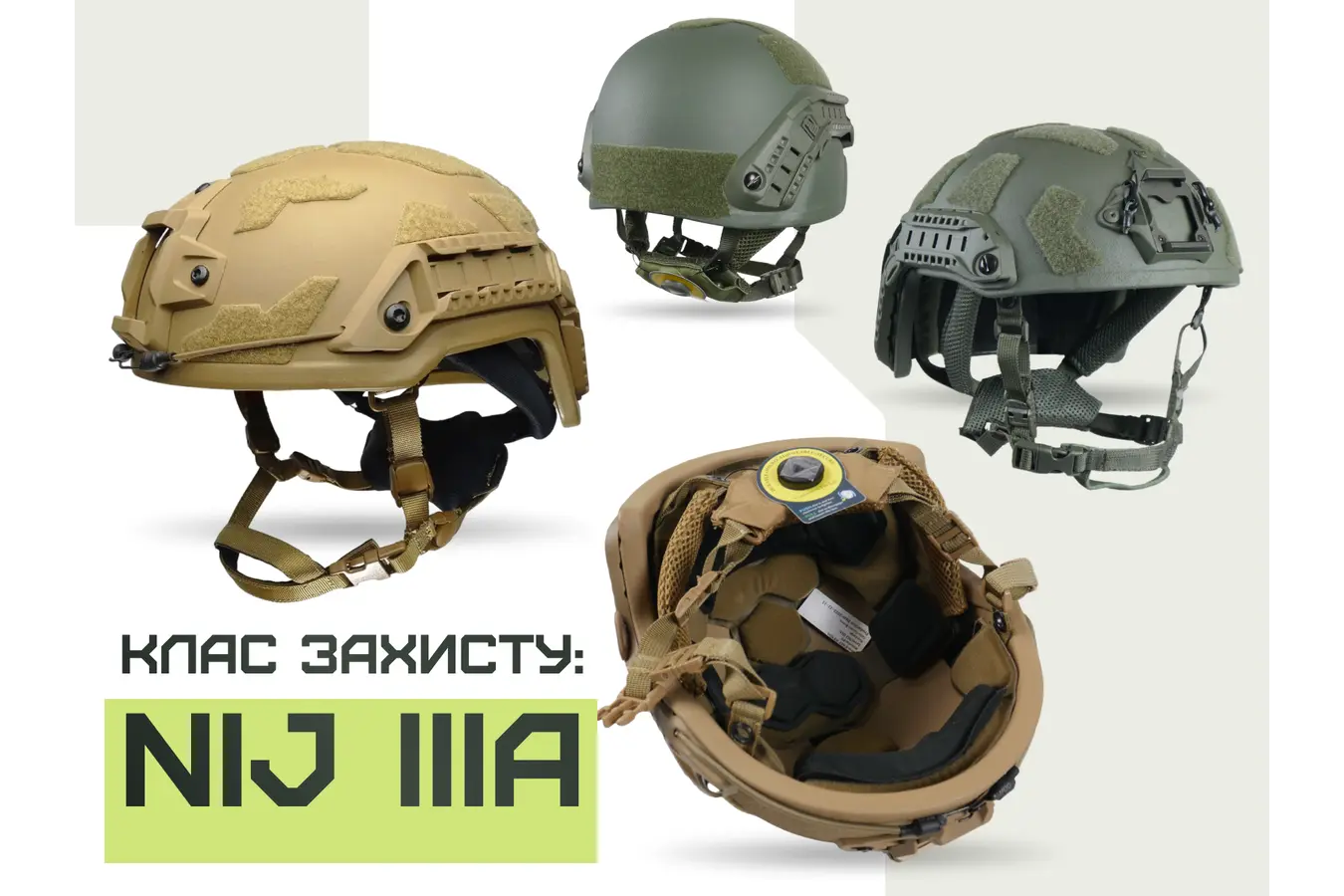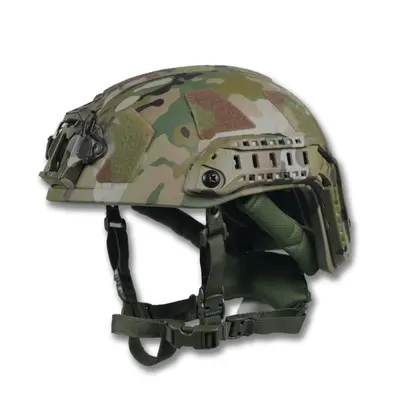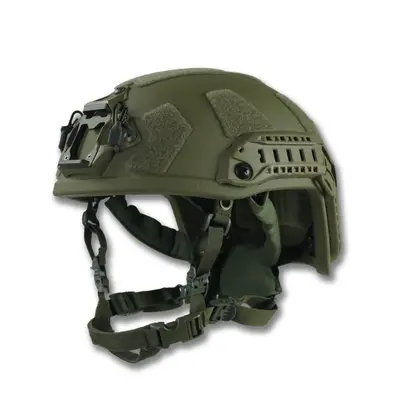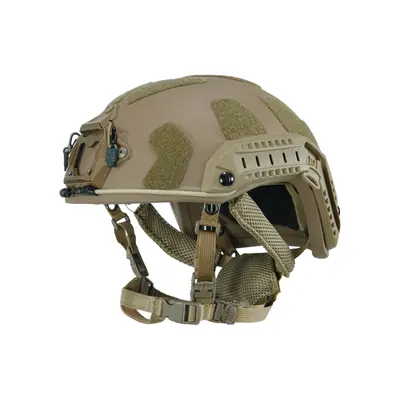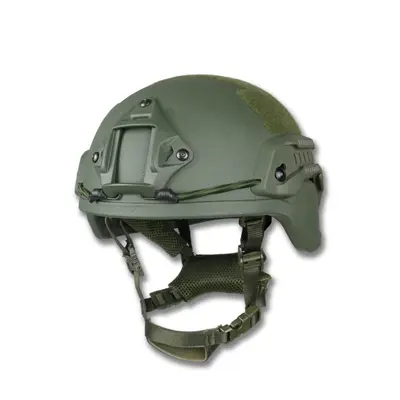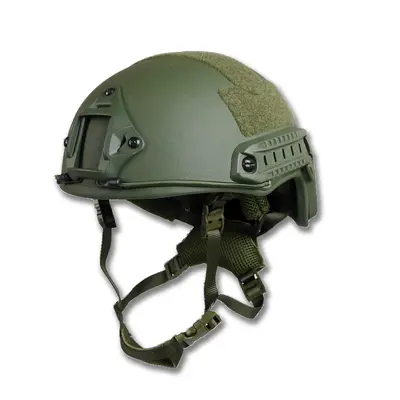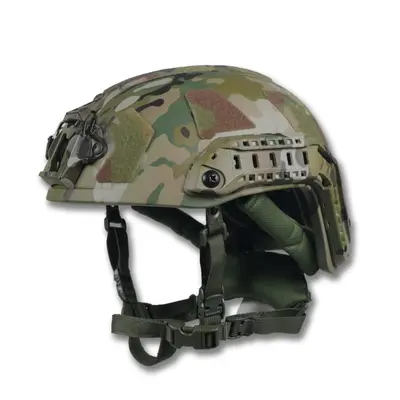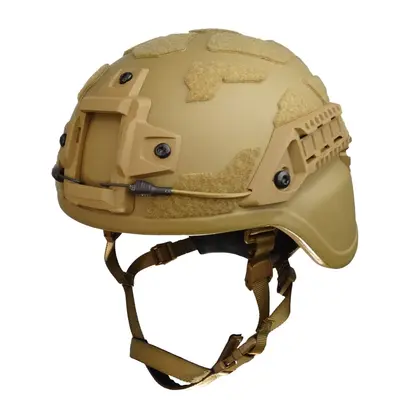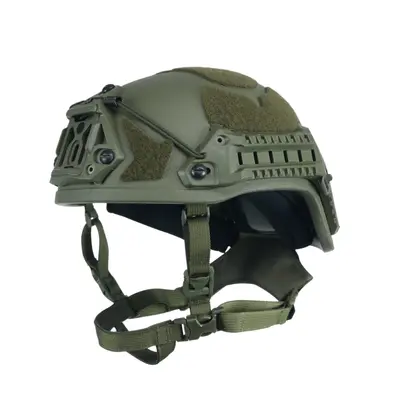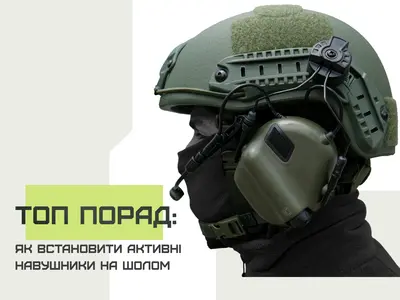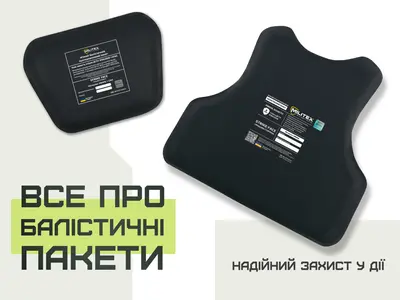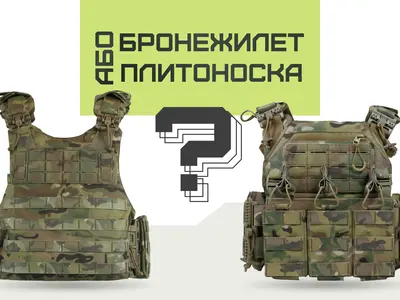Tactical helmets play a key role in protecting the heads of military personnel, special forces, and extreme sports enthusiasts. These helmets not only provide reliable protection against various threats and injuries but also ensure comfort and mobility while wearing them.
There are several types of military helmets, each with its own features and purposes. For example, ballistic helmets are designed to protect against bullets and shrapnel.
When choosing a tactical helmet, it is important to consider its type, size, and weight, as well as additional features such as the ability to attach extra equipment or camouflage systems. In addition, attention should be paid to the materials from which the helmet is made, as they affect its strength and weight.
Military Helmet: Purpose and Features
A tactical helmet is a special type of headgear designed to provide maximum safety and comfort in combat and extreme conditions. Its construction uses durable materials and advanced technologies to reliably protect the head from various dangers.
Ballistic helmets are intended to protect the head from different threats, such as bullets, fragments, impacts, and injuries that may occur in combat or extreme situations. They can absorb shocks and distribute the impact energy, helping prevent serious head injuries.
Tactical helmets are often used by the army, police, special units, and extreme sports enthusiasts where the risk of injury is high. They may have various designs and additional features, such as mounts for communication systems, night vision devices, or the ability to attach extra equipment.
In summary, a tactical helmet is an essential part of gear in situations with potential threats and is necessary to ensure head safety while performing risky tasks.
Materials Used in Helmets
Combat helmets, including tactical helmets, are made from high-strength and bulletproof materials to provide maximum head protection in combat and extreme situations. These materials include Kevlar, aramid fibers, and fiberglass, which are known for their exceptional strength and ability to withstand high loads.
Kevlar is a synthetic polymer material that combines high strength with low weight. Using micro-weaving technologies, Kevlar fibers form a structural network that provides excellent impact protection and outperforms many other materials in terms of durability.
Aramid fibers are also known for their high strength and bulletproof properties. They are used in combat helmet production to ensure a high level of head protection against various threats.
Fiberglass is another material used for manufacturing combat helmets. It boasts high strength and bullet resistance, making it ideal for protection against impacts and projectiles.
High-strength and bulletproof materials, such as Kevlar, aramid fibers, and fiberglass, are used in making combat helmets to ensure the highest level of head protection in hazardous conditions.
Protection Classes of Tactical Military Helmets
Head protection is a critical aspect for military personnel and law enforcement in modern combat conditions. Accordingly, tactical military helmets must meet the highest safety standards, providing reliable protection in any situation.
The classification of tactical military helmet protection, although it may seem complex, is based on a straightforward system that considers different protection levels according to various safety standards. For example, helmets may comply with domestic Ukrainian standards (DSTU) or the American NIJ (National Institute of Justice) standard, with protection levels ranging from I to IV, where I is the lowest and IV is the highest. Additionally, an important standard is the V50 standard for fragment protection.
For the V50 designation, there are three widely used tests. The first is the NATO standard STANAG 2920, which sets testing methods for helmet protection against impacts and explosions. The second is the US standard Mil-STD 662 E, which defines procedures and requirements for evaluating helmet protection. The third is the UK standard UK/SC/5449, which also specifies testing requirements for assessing headgear protection against impacts and blasts.
The range of ballistic helmets on the market is impressive, but not all available models meet the required standards. However, you can always purchase a military helmet with the necessary level of protection from our catalog.
In our store, we offer helmets that meet the highest safety standards, providing maximum protection for our clients in any conditions. Each model comes with documentation confirming it has passed all stress tests. Therefore, by choosing a helmet from the Kiborg store, you can be confident in the reliability of the equipment.
